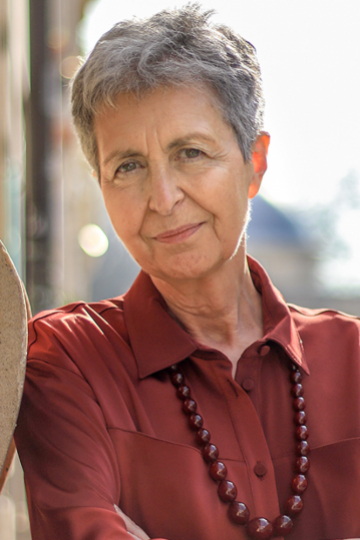Q: What is One Health and how is it different from what has been practised over the past 50 years?
A: The importance of collaboration across human, animal and environmental sectors has been recognized and practised for centuries. About 20 years ago, One Health was coined and called for as a holistic and multisector approach in the design and implementation of human health programmes and those that affect the health of animals and the environment. After the influenza crisis in the 2000s, and the antimicrobial resistance (AMR)-related issues more recently, the COVID-19 crisis created an opportunity for a renewed commitment to this approach.
One Health relies on the understanding that humans, animals and the environment are inherently interconnected and co-dependent. It is estimated that 60 per cent of existing human infectious diseases are zoonotic, and at least 75 per cent of emerging infectious diseases originate from animals. Healthy ecosystems are essential for the survival of humans and animals. We can no longer think of one group’s health without considering the health status of others. This realization is a turning point from the past 50 years, where only human health had been the primary focus.
Since 2010, the OIE has committed to furthering the One Health approach within the Tripartite Alliance with the Food and Agriculture Organization of the United Nations (FAO) and the World Health Organization (WHO). We share common objectives and activities in the prevention and control of health risks, while also distributing and promoting scientific information on One Health topics, such as AMR, rabies and avian influenza. The Tripartite Alliance recently expanded to include the United Nations Environment Programme and set up a One Health High Level Expert Panel. The panel will advise on a long term global plan of action to avert outbreaks of zoonotic diseases.



